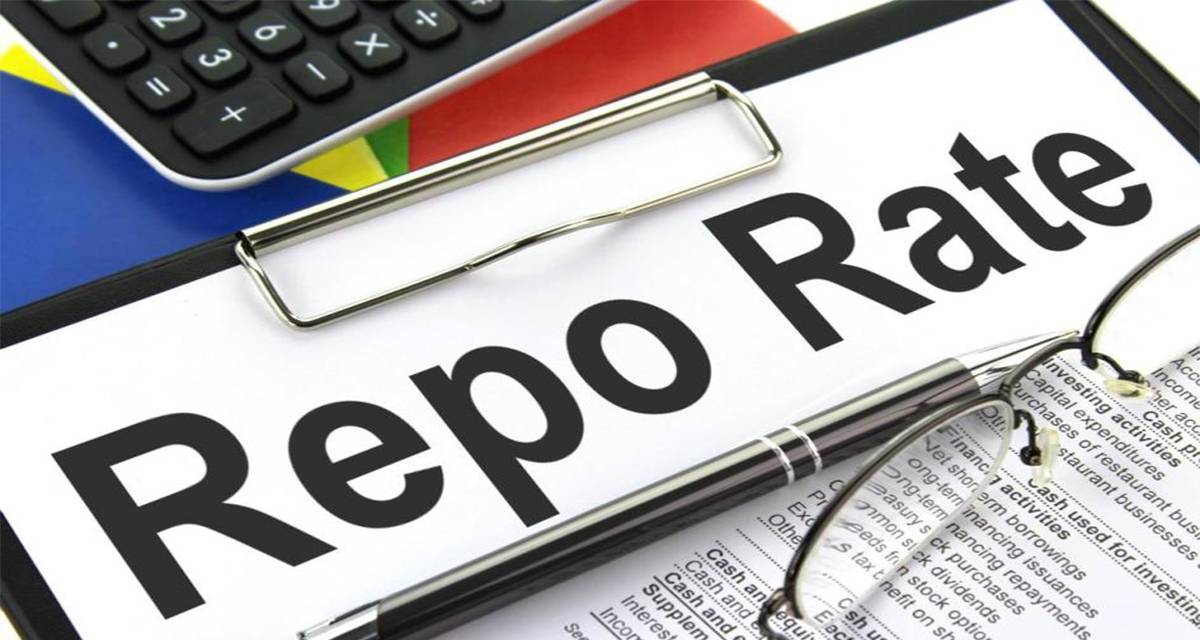Repo Rate, short for Repurchase Rate, is a crucial monetary policy tool employed by the Reserve Bank of India (RBI) to regulate the flow of money in the financial system. It plays a pivotal role in influencing the interest rates and, consequently, the overall economic conditions in India.
In essence, the Repo Rate represents the interest rate at which the RBI lends funds to commercial banks. To access funds from the RBI through the repo mechanism, banks are required to provide qualifying securities as collateral. The RBI sets the Repo Rate based on the prevailing economic conditions and monetary policy objectives.
As of the latest available data on October 6, 2023, the Repo Rate in India stands at 6.50%. This rate serves as a benchmark for various interest rates across the financial sector.
But how does the Repo Rate work, and what role does it play in the Indian economy?
The functioning of the Repo Rate can be understood as follows:
- Controlling Inflation: One of the primary functions of the RBI is to maintain price stability, which includes keeping inflation in check. When the RBI observes rising inflationary pressures in the economy, it may decide to increase the Repo Rate.
- Impact on Borrowing Costs: When the Repo Rate goes up, it becomes more expensive for banks to borrow money from the RBI. This, in turn, raises the overall borrowing costs for banks in the market. As a result, banks are inclined to borrow less, reducing the amount of money circulating in the economy.
- Reducing Money Supply: A higher Repo Rate acts as a deterrent for banks to borrow funds. With limited borrowing, banks have less money to lend to businesses and consumers. Consequently, there is a reduction in the overall money supply in the economy.
- Counteracting Inflation: By limiting the availability of money in the market through higher Repo Rates, the RBI can help counteract inflationary pressures. When there is less money in circulation, consumers may reduce their spending, and businesses may cut prices, leading to a potential decrease in inflation.
Conversely, during economic downturns or recessions, the RBI may opt to lower the Repo Rate. This move aims to make borrowing more affordable for banks, encouraging them to lend more and stimulate economic activity.
So, the Repo Rate is a vital instrument in the RBI’s toolkit for managing the Indian economy. By adjusting this rate, the central bank can influence borrowing costs, money supply, and ultimately, the overall economic health of the nation. It plays a crucial role in maintaining stability and fostering growth in India’s financial landscape.





































